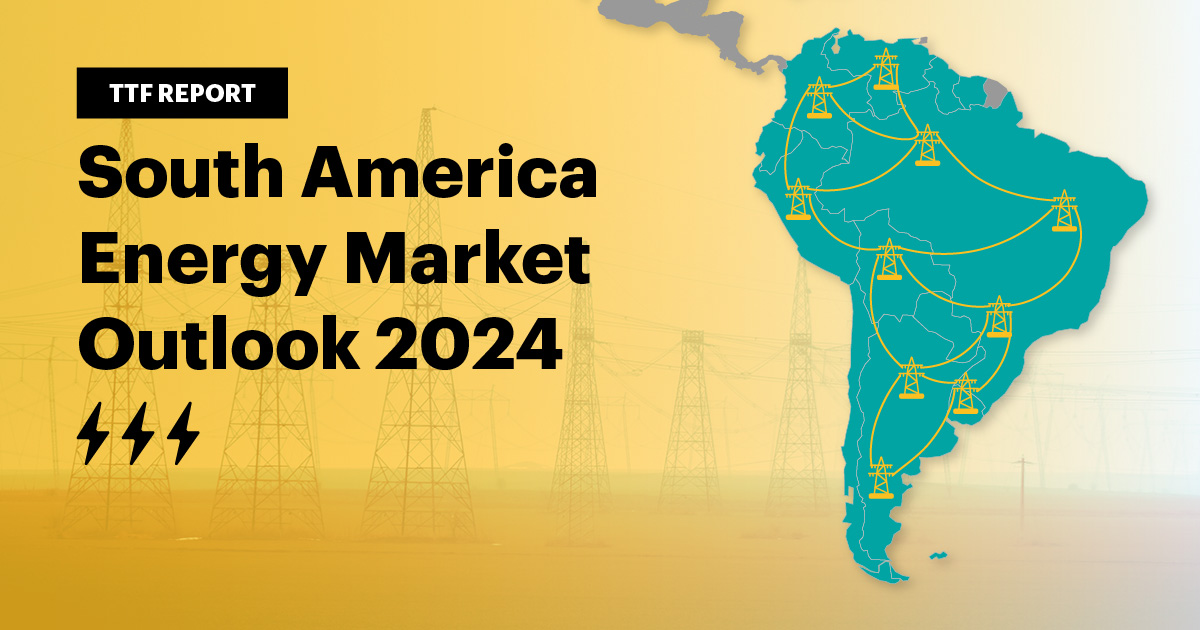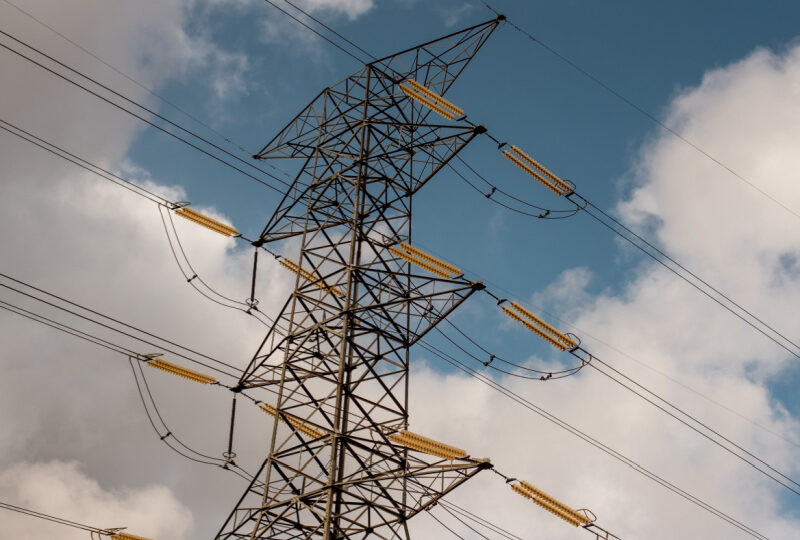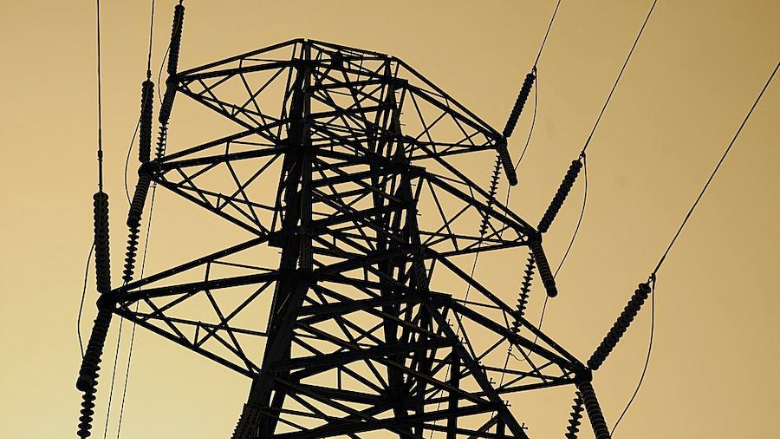
South America faces some energy-related challenges as a result of its outdated infrastructure. This inhibits the region’s ability to fulfill expanding energy demands while incorporating renewable sources. To secure a sustainable energy future, the region must put in place policies that address these problems. To modernize regulatory frameworks, both the public and private sectors must contribute. This allows the region to increase economic growth while also reducing environmental impact and ensuring energy security. Meanwhile, outdated systems fail to integrate new renewable energy sources like wind and solar electricity. Additional challenges arise the shortage of energy storage system options and smart grid technology.
Significance of outdated infrastructure in grid connectivity
The prevalence of old infrastructure in South America’s energy sector affects grid connectivity. It has an impact on the dependability, efficiency, and reach of the region’s electrical networks. Also, it makes it difficult to integrate renewable energy into the grid. It is critical to strengthen grid connectivity throughout the region. This aims to improve energy security, stimulate economic development, and speed up the region’s transition to sustainable energy. Outdated infrastructure limits grid expansion, causes power outages, incurs significant transmission and distribution losses, and raises environmental problems. A downlead clamp is a device that holds and guides conductors from the top of a transmission tower to the ground.
Integrating renewable energy into outdated infrastructure.
South America’s outdated infrastructure makes it difficult to integrate renewable energy sources. The region has a wealth of renewable energy resources, which could assist diversify the energy sector. As a result, the region has technological, economic, and regulatory issues due to its aging infrastructure. South American governments might change regulatory frameworks to encourage renewable energy integration. Here’s how old infrastructure affects renewable energy integration in the region.

- Grid stability – most of South America’s electrical grids were for centralized power generation. This is particularly from hydropower and fossil fuel plants. The grids lack the capacity to handle the variable and distributed nature of renewable energy sources like solar and wind. Additionally, they struggle with frequency and voltage control. This is important for integrating renewable energy sources.
- Transmission and distribution – outdated transmission lines may not reach areas with high renewable energy potential. The lack of adequate transmission infrastructure prevents the efficient transport of renewable energy. Aging transmission and distribution networks are susceptible to high technical losses.
- Integration of smart grid technologies – modern renewable energy integration needs smart grid technologies. Smart grids help to manage supply and demand. Lack of smart grids limits the ability to incorporate renewable energy into the system.
- Economic and financial implications – integration of renewable energy into outdated infrastructure requires costly upgrades. These costs may deter investment in renewable energy projects. This in turn slows down the transition to cleaner energy sources.
- Regulatory and policy barriers – South American countries have regulatory frameworks setup during the dominancy of hydropower and fossil fuels. The regulations may not support the unique needs of renewable energy integration.
- Environmental and social impact – the inability to integrate renewable energy promotes the continued use of fossil fuels. This contributes to higher greenhouse gas emissions and environmental degradation.
Alternatives for Grid Modernization in South America
Obsolete infrastructure in South America has an impact on grid connectivity. Modernizing the regional grid is critical for improving grid reliability and promoting economic growth. It requires a multifaceted approach that includes technological investments, policy reforms, and regional cooperation. The region can improve energy reliability, incorporate renewable resources, boost economic development, and help to achieve global sustainability goals. The solutions for regional modernization are as follows.

- Investment in grid infrastructure – It is important to invest in modernization of transmission and distribution networks. This includes replacing aging equipment, expanding grid capacity, and improving reliability to reduce power outages and technical losses. Deploying smart grid technologies allows for real-time monitoring, automated control, and better integration of renewable energy.
- Regional grid interconnection – enhancing regional cooperation and building cross-border transmission lines eases energy sharing. The interconnected grid would improve energy security, reduce costs, and enable better management of renewable energy.
- Technological innovation and research – investing in research and development can drive technological innovations. This can then improve the efficiency and sustainability of energy systems. This includes advancements in renewable energy technologies, grid management systems, and energy storage solutions.
- Enhancing energy access – expanding grid infrastructure to remote and underserved areas helps to ensure electricity access. This can be through grid extensions and the deployment of decentralized renewable energy solutions.